Tag: study

Positive End-Expiratory Pressure Lower Than the ARDS Network Protocol Is Associated with Higher Pediatric ARDS Mortality
Patients with PARDS managed with lower PEEP relative to FiO2 than recommended by the ARDSNet model had higher mortality. Clinical trials targeting PEEP management in PARDS are needed. This was a multicenter, retrospective... read more

Sodium Bicarbonate Therapy for Patients with Severe Metabolic Acidaemia in the ICU
In patients with severe metabolic acidaemia, sodium bicarbonate had no effect on the primary composite outcome. However, sodium bicarbonate decreased the primary composite outcome and day 28 mortality in the a-priori defined... read more
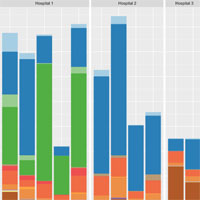
Modes of Mechanical Ventilation Vary Between Hospitals and ICUs within a University Healthcare System
As evidence-based guidance to aid clinicians with mechanical ventilation mode selection is scant, we sought to characterize the epidemiology thereof within a university healthcare system and hypothesized that nonconforming... read more
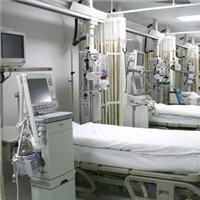
Flexible Versus Restrictive Visiting Policies in ICUs
Flexible ICU visiting hours have the potential to reduce delirium and anxiety symptoms among patients and to improve family members' satisfaction. However, they may be associated with an increased risk of burnout among ICU... read more

Hospitalists Are the New Intensivists
Intensivists may get all the credit, but over 37,000 hospitalists provide much of the care for ICU patients in the U.S. According to a recent survey, they often do it without the presence or availability of intensivists for... read more

Metabolic Phenotype of Skeletal Muscle in Early Critical Illness
Decreased mitochondrial biogenesis and dysregulated lipid oxidation contribute to compromised skeletal muscle bioenergetic status. In addition, intramuscular inflammation was associated with impaired anabolic recovery with... read more

Study examines risks of physician burnout
Medical errors contribute to an estimated 100,000 to 200,000 deaths per year, according to the Institute of Medicine. Burnout — defined as emotional exhaustion or depersonalization — occurs in more than half of doctors,... read more

Neurally adjusted ventilatory assist
Several studies nowadays prove the physiological benefits of neurally adjusted ventilatory assist, as opposed to the conventional modes of partial support. Whether these advantages translate into improvement of clinical outcomes... read more
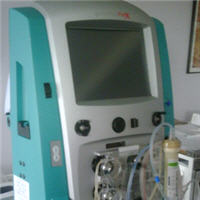
Early application of continuous HVHF can reduce sepsis and improve the prognosis of patients with severe burns
Early application of high-volume haemofiltration (HVHF) benefits patients with severe burns, especially for those with a greater burn area (≥ 80% TBSA), decreasing the incidence of sepsis and mortality. This effect may... read more
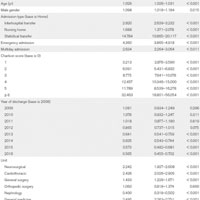
Increasing the Number of Medical Emergency Calls Does Not Improve Hospital Mortality
With adjustment for patient factors, illness, and comorbidities, increased emergency calling rates were not associated with reduced in-hospital mortality. Efforts to increase calling rates do not seem warranted. We studied... read more
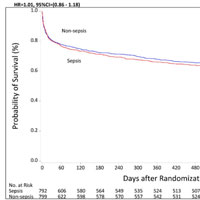
Health-related Outcomes of Critically Ill Patients With and Without Sepsis
Critically ill patients with sepsis have higher healthcare resource use and costs but similar survival and HRQoL compared to matched patients without sepsis. We conducted a primary propensity score matched analysis of patients... read more

Foleys Aren’t Fun: Patient Study Shows Catheter Risks
A new study puts large-scale evidence behind what many hospital patients already know: Having a urinary catheter may help empty the bladder, but it can hurt, lead to urinary tract infections, or cause other issues in the... read more

Evaluation of a strategy for enrolling the families of critically ill patients in research using limited human resources
Family members were recruited for more than one third of eligible patients, and >90% of approached consented to participate. There are important demographic differences between patients with vs without an enrolled family... read more

Presenting Symptoms Independently Predict Mortality in Septic Shock
More than one third of patients with septic shock presented to the emergency department with vague symptoms that were not specific to infection. These patients had delayed antibiotic administration and higher risk of mortality... read more




